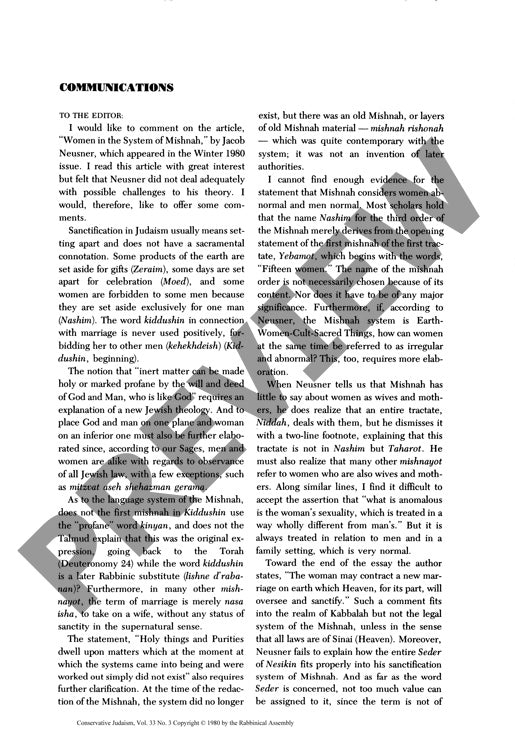Communications
Couldn't load pickup availability
This communication presents a scholarly critique of Jacob Neusner's theoretical framework regarding women's treatment in the Mishnaic legal system. The author employs textual analysis and comparative examination of Mishnaic sources to challenge Neusner's central thesis that women are portrayed as abnormal within the system. Through systematic examination of specific tractates, particularly Nashim and Niddah, the study demonstrates that the nomenclature and organization of Mishnaic orders derive from opening statements rather than content-based categorization. The methodology involves close reading of primary sources and linguistic analysis of key terms such as kiddushin and kinyan to reveal their historical development and theological implications. The research finds insufficient evidence supporting claims that women's sexuality is treated as anomalous, arguing instead that such treatment occurs within normative family contexts. The analysis reveals that Neusner's sanctification framework inadequately addresses the complexity of gender roles in Mishnaic law, particularly regarding the Seder Nesikin's integration into his theoretical system. The study concludes that while women receive differential treatment compared to men in Mishnaic literature, this represents social stratification rather than intrinsic theological inferiority, requiring more substantial evidence to support Neusner's interpretative framework.

More Information
-
Physical Description
-
Publication Information
Published 1980
ISBN
-
Publication Credits

